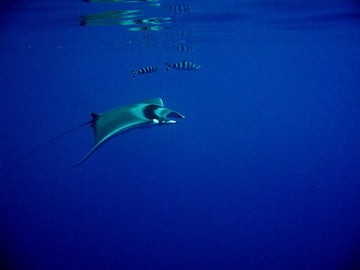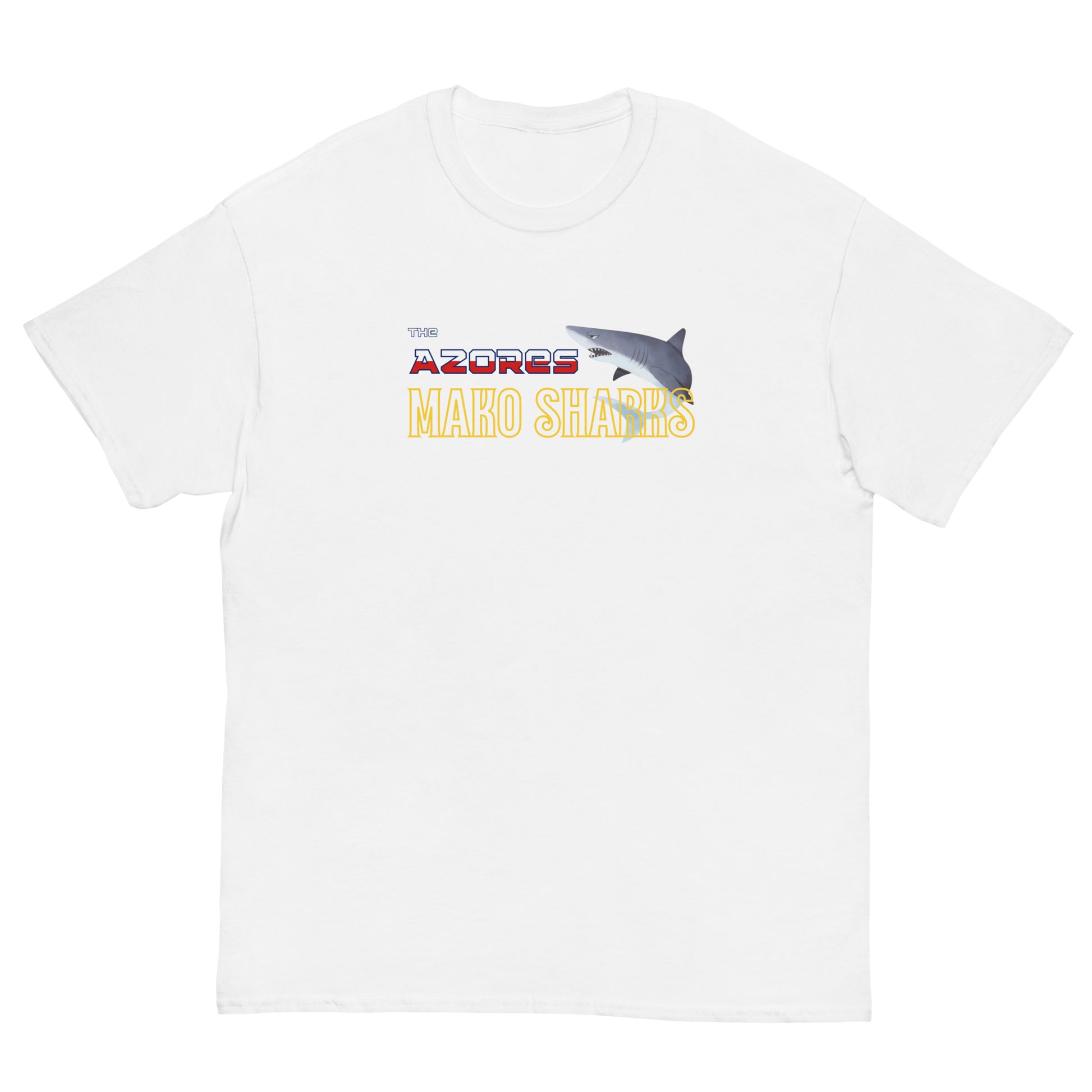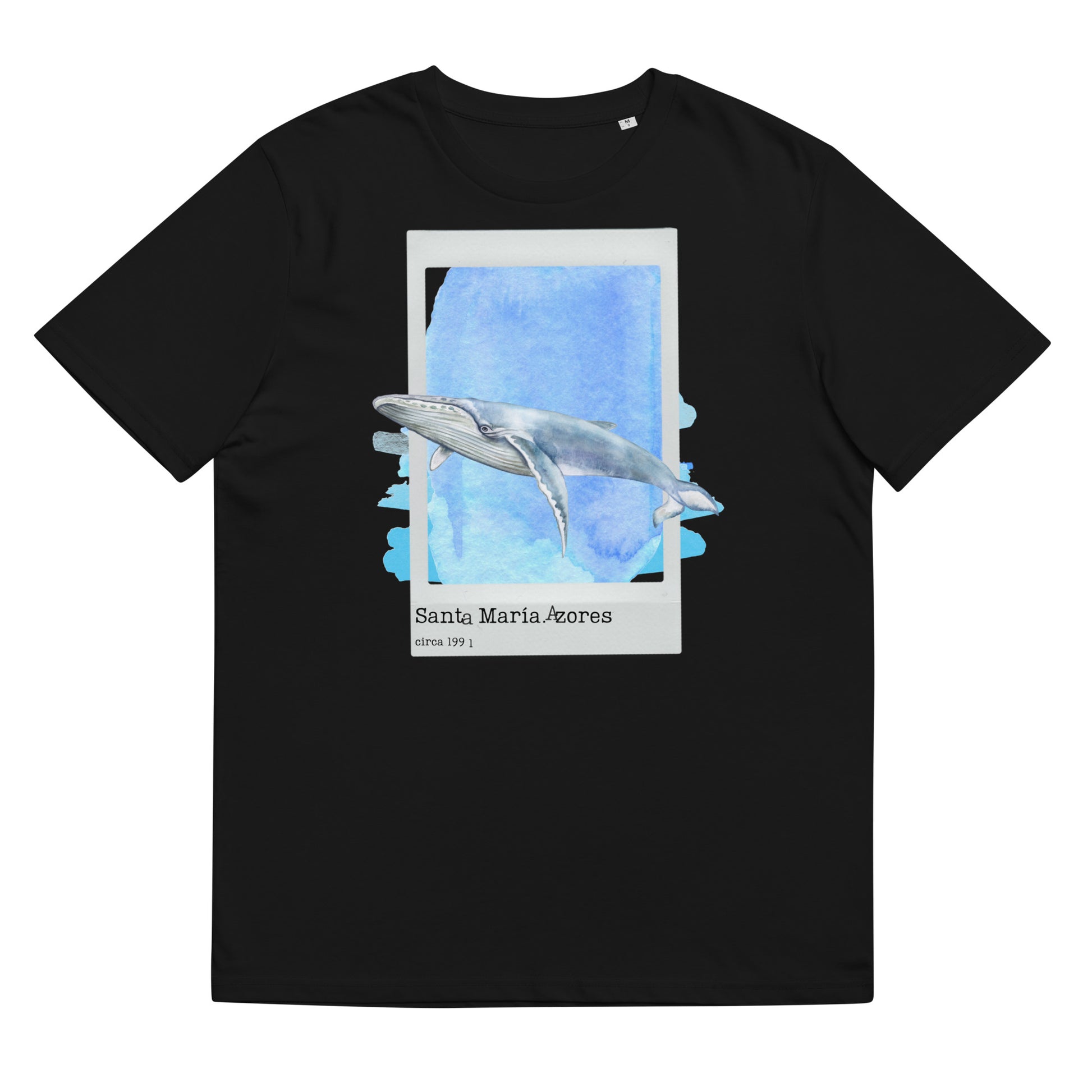San Miguel is the largest island in Azores, which translates to a great diversity and variety of diving spots. On one hand, we can find pinnacles that experience powerful currents like in "Lourenços," where we can dive with mobulas during the summer and encounter other pelagics such as jackfish, tuna, or barracudas. It's also possible to explore arches and caves, like "Panela," near the southern coast of the island, formed by large rocks creating caves ideal for Azores' typical marine life: bream, groupers, wrasses, damselfish, anthias, and groupers here share the space.
Also in "Baixas das Castanhetas," south of the island, where we can access an impressive scenario of lava flows that have created ledges and caves sheltering abundant marine life. Crustaceans, groupers, some pelagic schools seeking refuge in this safe environment, and sizable nudibranchs. From one of the most popular vertical walls in this spot, descending to a depth of 45 meters, we can see the mobulas on their journey through Azores.
T-Shirts Designed by Divers for Divers
VIEW MORE T-SHIRTS FOR DIVERSOne of the must-see dives in San Miguel is the wreck "Dori," sunk in 1964 in the south of the island and that participated in the Normandy landings during World War II. This cargo ship, sunk between 9 and 21 meters, rests on a sandy bottom and is perfectly preserved, both inside and out, due to its status as an underwater archaeological park. The "Âncoras do Ilhéu" are also an example of the island's importance in Portuguese naval history. At this point, about 40 meters in length and at a shallow depth, we find 8 large anchors forming a curious scene full of life: rays, mullets, groupers, and abbotfish thrive in the shelter of the anchors.

























